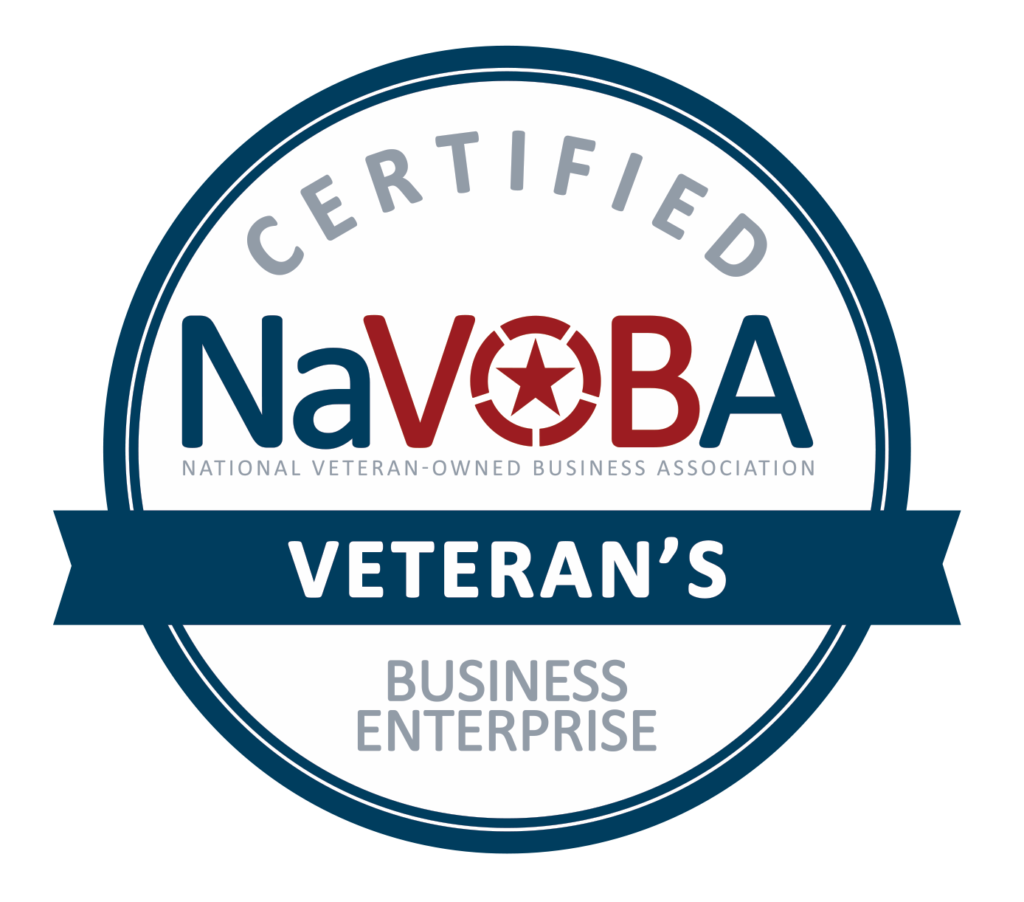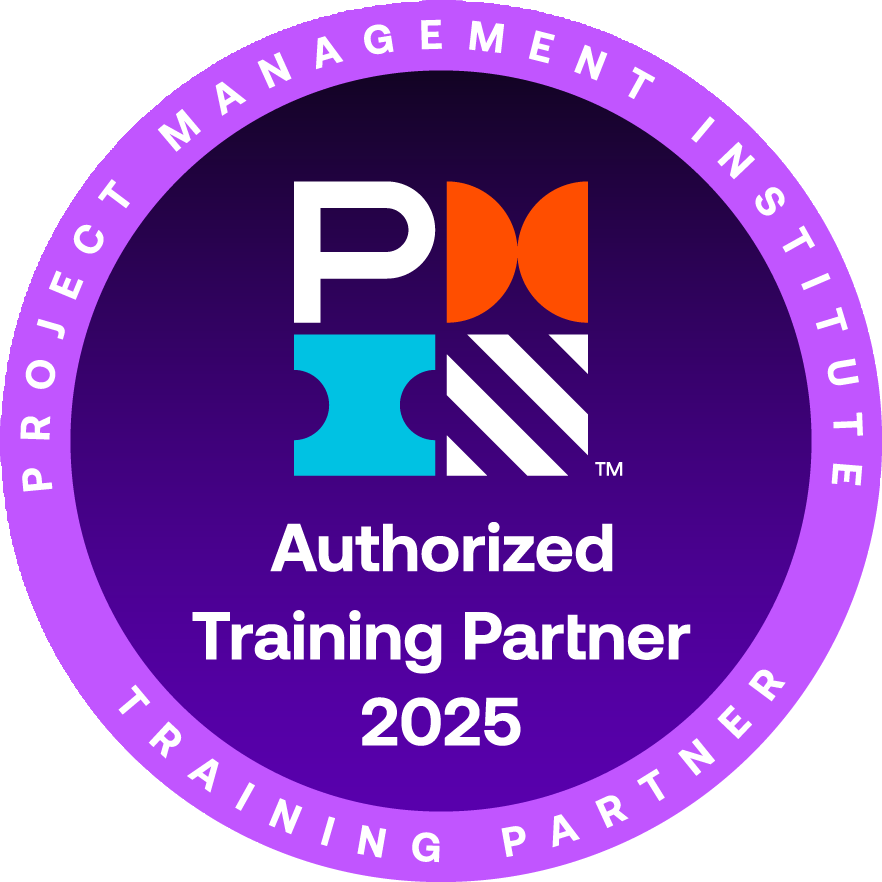If you’re looking for an effective way to manage your complex projects for your business, you may have come across the terms “agile methodology” and “scrum methodology.” But what’s the difference between these two approaches? And which one is right for your project? In this article, we’ll explore the key similarities and differences between agile methodology and scrum methodology. We’ll also take a look at what agile scrum is, and discuss some of the benefits of using this approach for your upcoming project management needs.
What Is Agile Methodology?
Agile methodology is the process of managing a project wherein a team breaks down a complex task or large concept into manageable milestones, prioritizing each goal for the success of the overall project within the appropriate timeline. Agile relies on constant communication between the team working on the project and the stakeholders, responding to feedback, input, and new information at each step along the way.
Some of the founding values of this way of working together include putting interactions with real people over tools, and continuing a dialogue with customers for a collaborative result versus negotiating terms in a contract. Because of these values, agile methodology requires businesses to be responsive and adaptable in the face of change, they must be “agile” or light on their feet in terms of being able to rapidly change their strategy. (For more information on agile methodology and its benefits, click here!)
What Are the Tenets of Agile?
While agile methodology is all about an organization’s ability to respond and adapt to new information and collaborate as a team, there are several principles that help to guide this process to ensure a project management system is truly “agile.” The 11 principles of agile are as follows:
1. Planning, reflection, and re-adjustment
2. Organized teams and teambuilding
3. Simplicity over complexity
4. Quality results
5. Functional results
6. Face-to-face interaction
7. Self-motivated team members
8. Collaboration with stakeholders over negotiation
9. Adaptability in the face of constant change
10. Early and regular delivery
11. Client satisfaction
What Is Scrum Methodology?
While scrum methodology is agile, not all agile methodology is scrum. What we mean by that is, scrum methodology takes agile principles and applies a rigid structure of roles within the team that provide a framework for the scrum team to work within. Between the scrum master, the scrum team, and the stakeholders, scrum works through a series of “sprints” that offer a faster rate of delivery than most agile methodologies. Essentially, scrum methodology delivers a series of smaller results in quick succession, rather than one large delivery at the end of the process.
For more on the differences between agile and scrum methodologies, check out our recent article on the topic!

What Is Agile Scrum Methodology?
While each of these methodologies is technically distinct, they can be combined to great effect. Agile scrum methodology is a practice wherein a business takes the framework from scrum methodology (scrum master, scrum team, and stakeholder or client) and applies agile principles to the process.
What this means is that within the scrum framework, an overarching goal is broken down into milestones or “sprints” (generally between 2-4 weeks long) at the end of which the scrum team will have a result that is functional, timely, and quality, but is also the result of collaboration with the client. Because of the influence of scrum methodology, also, the client will receive multiple deliveries over the course of the project rather than one large delivery at the end. This encourages faster project development and has the added benefit of putting the stakeholder at the center of the dialogue for increased customer satisfaction.
Benefits of Agile Scrum
Agile scrum methodology is popular in software development companies, but it’s taken off in other sectors in recent years as well. This is because it has the potential to take incredibly large, complex tasks and break them down into meaningful steps or goals that, if timed correctly, can add up to a huge accomplishment. There are many other benefits of agile scrum methodology, including:
· Opportunities for innovation and creative problem-solving
· Increasing company resilience in the face of obstacles
· Putting the customer at the center, increasing satisfaction rates
· Equipping employees with meaningful roles, making autonomous, satisfied workers
· Quality control is built into the process through continual reassessment
· Less waste than traditional project management methods (waterfall project management), which means a better ROI
· Improved collaboration and crew cohesion among team members
· Quicker delivery and faster results
· Less risk than traditional project management methods, especially those revolving around contracts
Agile Scrum Methodology at PMLG
While agile and scrum methodologies can play nicely together, they aren’t exactly the same thing either. While agile focuses on delivering one large result at the end of several achievable milestones, scrum entails a rigid framework delivering products or results to the stakeholder after regular “sprints.” When the two come together, the results can be powerful—from increasing customer satisfaction and delivering a high-quality product to bolstering the connections between members of your team.
Have you asked yourself lately what agile scrum methodology can do for you? Invest in your business today by contacting PMLG for experiential leadership development courses!


